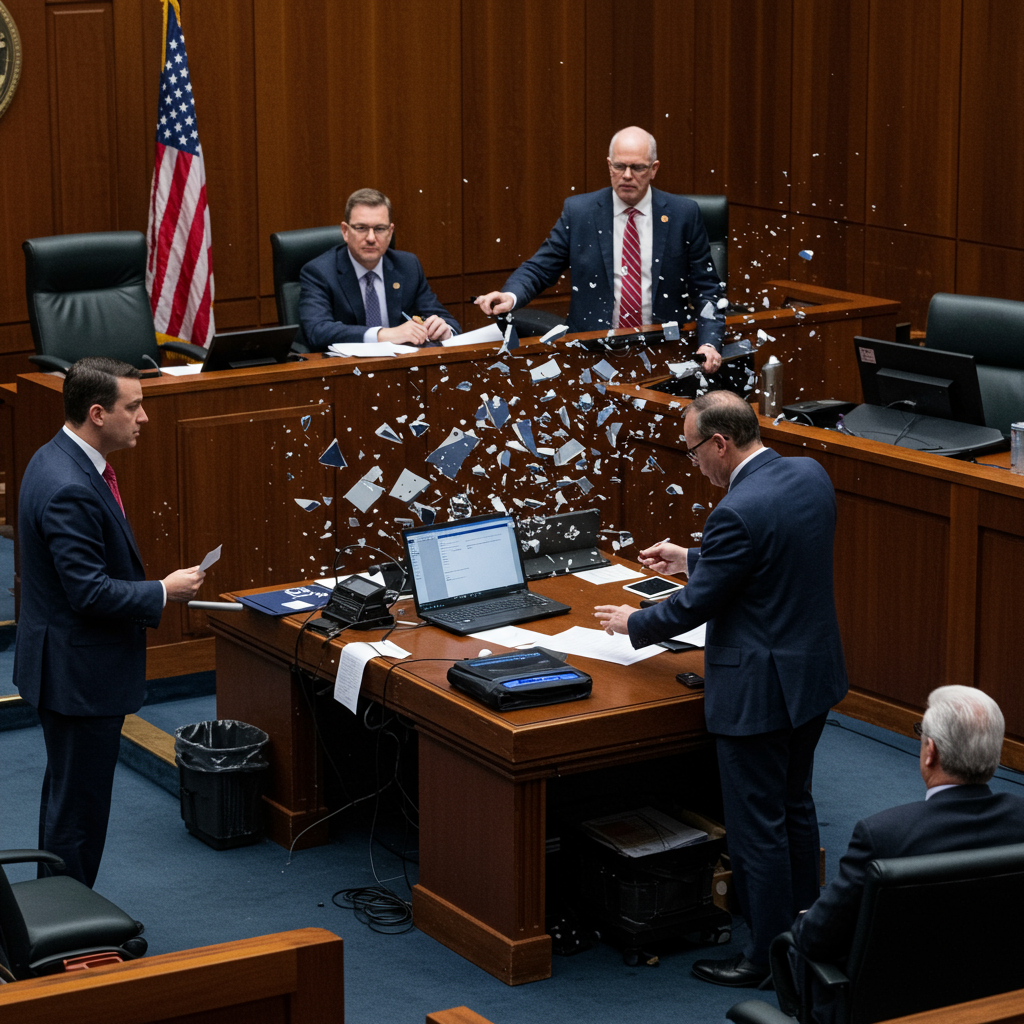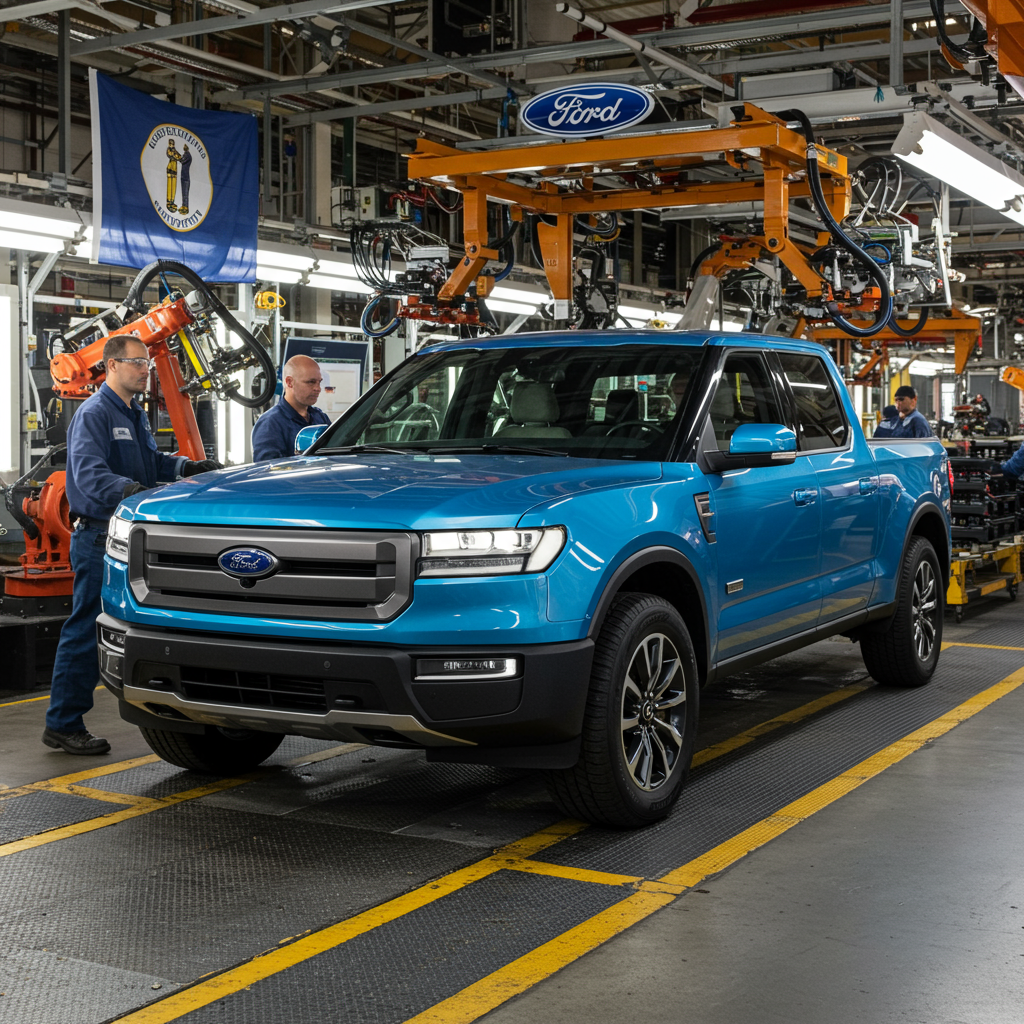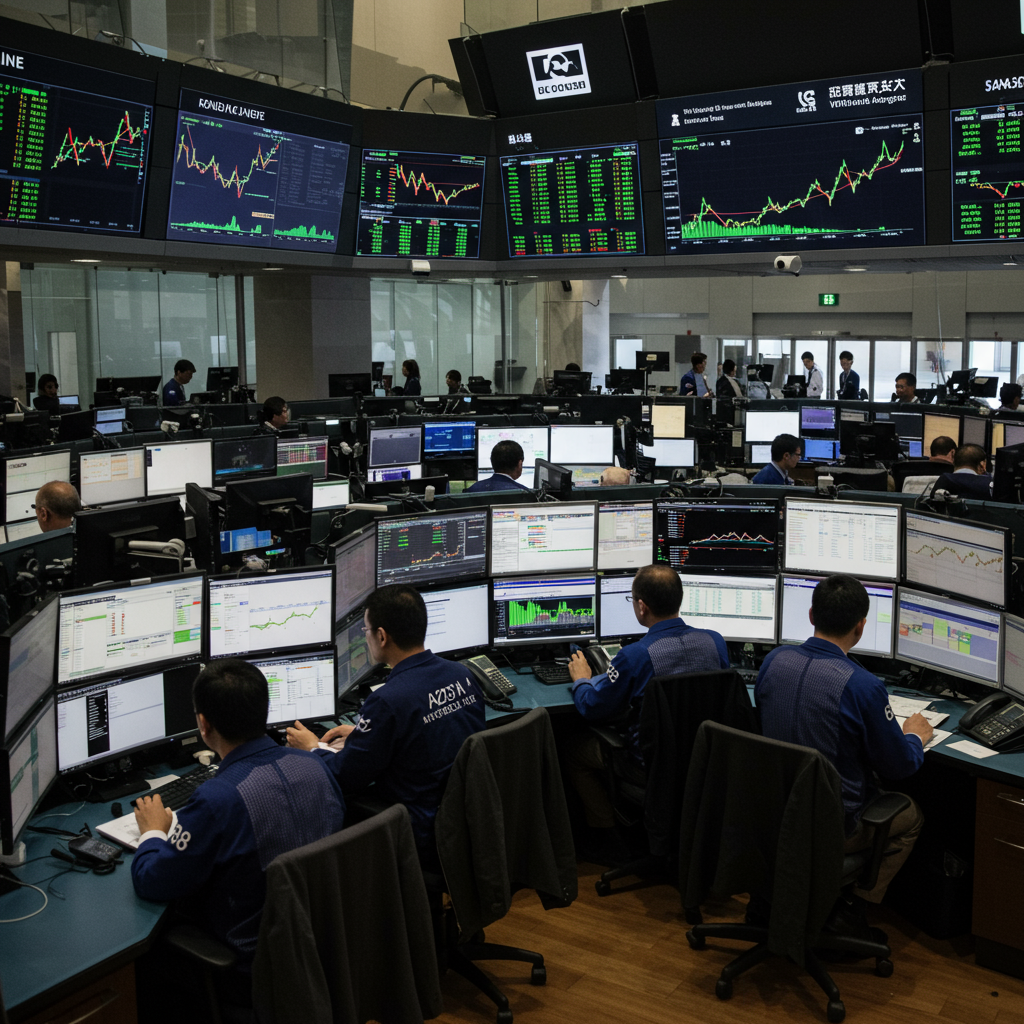Former US President Donald Trump has long favored tariffs – or the threat of them – as his primary economic leverage tool. Since returning to the political stage, he has frequently deployed import duties against both allies and adversaries, often imposing dramatically high rates only to abruptly adjust or pause them. This unpredictable approach has sent ripples through global markets, leaving international leaders guessing his next move and causing major retailers to voice concerns about rising costs for American consumers and potential supply chain disruptions.
Trump asserts a broad, unilateral authority to impose these tariffs, claiming he acts under national economic emergency powers that bypass the need for lengthy Congressional approval processes. This perspective treats tariffs as a quick, forceful response to perceived economic threats, allowing him to issue potent warnings, sometimes via social media platforms like Truth Social, to pressure nations like the European Union into negotiations.
Legal Challenge to Trump’s Tariff Power
However, this preferred method recently encountered a significant legal hurdle. The US Court of International Trade in New York delivered a substantial ruling, determining that Trump had exceeded the authority granted to him by the International Emergency Economic Powers Act (IEEPA) of 1977 – the very law he cited to justify these actions.
The court, acting on challenges brought by groups including the nonpartisan Liberty Justice Center on behalf of small businesses and a coalition of US state governments (led by New York Attorney General Letitia James), ruled that IEEPA does not empower the president to impose broad import taxes on a vast number of countries. The judges underscored that the US Constitution grants Congress the exclusive authority to regulate commerce with foreign nations, a power not overridden by the president’s remit under IEEPA to safeguard the economy.
The ruling specifically blocked a broad set of tariffs, including the proposed 10% baseline tariff intended for most trading partners and the “fentanyl” tariffs previously imposed on China, Mexico, and Canada, which the administration linked to concerns about drug and illegal immigrant flows. New York AG James hailed the decision, stating “no president has the power to single-handedly raise taxes whenever they like.”
The Fight Continues: Appeal and Stay
The court’s decision mandated the removal of almost all tariffs imposed under this challenged authority within 10 days. However, the White House swiftly appealed the ruling. A federal appeals court subsequently issued a stay on the trade court’s order, meaning the tariffs struck down by the lower court remain in place for the time being while the legal battle proceeds.
The administration argued in its appeal that allowing the ruling against Trump to stand would severely limit the president’s effectiveness on the world stage, cripple his ability to conduct trade negotiations, and impair the government’s capacity to respond to current and future national emergencies. Following the appeals court’s stay, Trump publicly rebuked the lower court judges on Truth Social, dismissing their decision as “wrong” and “horrible.”
Erratic Strategy or Calculated Tactic?
Trump’s use of tariffs has been characterized by significant fluctuations, with rates seemingly rising and falling based on negotiations or even presidential sentiment. Tariffs on Chinese goods, for instance, soared as high as 145% before being reduced to 30%. Similarly, a threat of 50% tariffs on the EU via social media was quickly withdrawn.
This unpredictability has reportedly led some Wall Street analysts to coin the term “Taco trade,” suggesting that Trump “Always Chickens Out” from imposing the steepest import taxes. Trump reportedly reacted angrily when asked about the acronym, arguing that such threats are essential to compel parties like the EU to engage in negotiations. Gordon Sondland, Trump’s former ambassador to the EU during his first term, supported this view, suggesting this “erratic” approach mirrors Trump’s business tactics: creating immediate leverage to force adversaries to the negotiating table without delay.
Economic Realities and Criticisms
While Trump touts tariffs as a means to boost American manufacturing, protect jobs (“Make America Great Again”), and generate billions in government revenue, economists offer a different perspective. University of Michigan economics professor Justin Wolfers describes Trump’s methods as “madness.” Wolfers argues that for tariffs to effectively incentivize businesses to relocate factories to the US, they must be perceived as permanent, allowing for long-term investment planning – something undermined by Trump’s volatile approach.
The financial impact, though partially debated, is significant. While unaffected tariffs (like those on steel, aluminum, cars, and most from his first term on China) generate substantial revenue (e.g., over $23 billion from first-term China tariffs in FY25 YTD), the tariffs struck down by the court had still brought in billions ($11.8bn from “fentanyl” tariffs, $1.2bn from the 10% reciprocal tariffs in FY25 YTD). Investment bank Goldman Sachs estimated the challenged tariffs could have potentially raised nearly $200 billion annually if fully implemented and upheld.
Analysis by Capital Economics suggests that if the trade court’s ruling is ultimately upheld, the average US external tariff rate could drop this year from a potential high of 15% to 6.5%. While this is a reduction, 6.5% would still represent a substantial increase from the 2024 rate of 2.5% and be the highest average tariff level seen in the US since 1970.
Uncertain Future and Alternative Paths
The legal battle is far from over. The next hearing is scheduled, and the case could potentially reach the Supreme Court. If the White House appeal is unsuccessful, US Customs and Border Protection (CBP) could be directed to refund the tariff payments collected under the now-challenged authority.
Crucially, the court ruling does not eliminate all avenues for Trump to impose tariffs. The court itself noted that IEEPA does grant the president limited power to impose tariffs of up to 15% for 150 days specifically to address balance of trade concerns. Furthermore, the administration could attempt to reimpose tariffs under different, more established legal frameworks, such as those related to national security or unfair trade practices (like Section 301), although these typically require investigations and public comment periods. Analysts have also raised the possibility of invoking an untested part of a 1930 trade law allowing tariffs up to 50% on imports from countries deemed to “discriminate” against the US.
Despite the legal setback to his preferred method, signs point to Trump remaining committed to using tariffs. His trade advisor, Peter Navarro, stated after the initial appeals court stay that “even if we lose, we will do it another way.” Experts like Grace Fan at TS Lombard concur, noting that “Trump’s trade war is not over – not by a long shot.”
This ongoing legal and political fight adds another layer of complexity to global trade relations. The uncertainty surrounding the appeal and potential alternative tariff justifications leaves America’s trade partners in a state of flux, waiting to see how the battle over Trump’s favorite economic weapon ultimately plays out. The situation is further complicated by specific trade tensions, such as the recent breakdown of a US-China tariff truce over disputes regarding non-tariff barriers and stalled broader trade negotiations.
References
- https://www.bbc.com/news/articles/cvg788jrxrro
- https://www.bbc.co.uk/news/articles/cvg788jrxrro
- https://www.bbc.com/news/articles/c8xgdj9kyero
- https://www.bbc.com/news/articles/c89p8d574d4o
- https://www.bbc.com/news/articles/cje7zex3njwo




